Teach your horse to behave on grass with HippoLogic Grass Training. Teach your horse a solid Stop-Grazing cue, Ignore-Grass cue and Graze-Now cue. Grass is growing everywhere and frustration is building up as soon as grass starts to grow.
Frustration when leading your horse on grass
- In horse owners for being pushed over and pulled when grass is in sight and in
- horses because they want grass but it’s never without being pulled or shouted at.
Some horses like this game of ”get-a-bite ” and never will give up: this is just how play and reinforcement works for them. The bite is their prize! They will get it on an intermittent schedule (sometimes it works, other times it won’t) so we create a really strong pulling behaviour in our horses!

5 Benefits of Grass Training
- Your horse follows you when your leading him with slack in the lead rope and ignores grass (he won’t even try)
- No more frustration because your horse is being naughty or behaving like an ass (which is just another equine!)
- Your horse will trust you more because you give him clarity: To Graze or Not to Graze
- No more feeling like a failure. Now it will be clear to anyone that you’ve trained your horse well.
- You’ll be proud and enjoy your horse more!
What I’ve tried (and didn’t work)
I’ve been pulling on ropes, using rope halters, ’punishing’ my horse for unsolicited grazing (its not punishment if the behaviour doesn’t decrease????) and trying to avoid grass patches all together. Which is hard if grass is growing in your arena and liberty work will be out of the question during Summer months.
I tried it all: keeping the lead rope short, wiggling the rope, pulling and jerking (not proud of it) and later offering target sticks calling and using Kyra’s name and giving other cues.
Nothing gave me long-term results when grass was available, until I used 100% R+ (clicker) training.Sandra Poppema
What worked
This only gave me short-term result. Sometimes only 5-second results, to be honest! Nothing worked long-term until…. I switched over to 100% POSITIVE reinforcement to teach my horse what I wanted.

Grass training when your horse is on a restrictive diet
The year after my grass training Kyra got laminitis and she needed to be on a strict diet. From a full day on grass to restricted soaked hay. That was hard for both of us. I had to exercise her (hand walking) to help her lose weight and the only place was on the road. With juicy grass growing next to it! I was worried…. And you know what? She didn’t push me over to get a bite and she didn’t pull on the lead rope to gorge on the grass. She was an angel! My new method paid off!
’The Grass Trained Horse’:

- Listens to his name and comes to you in the pasture
- Can be lead on grass with slack in your lead rope
- Can be ridden on grass without causing blisters on your hands
- Is amazing at liberty training in Spring and Summer when greens are growing in or along your arena
- Won’t snack leaves on trails
- Doesn’t dive into grass when you get him out of the paddock or pasture
HippoLogic’s Grass Training course
Since then I helped hundreds of horse owners implement my way of grass training and they all managed to improve their horse on grass. The relationship with their horses improved (no more frustration and anger even before riding started). This is for you if you need step-by-step guidance and videos of how to do it. Get it here.

Read more
Here is another free resource Grass Training: blog with video and step-by-step plan. Or if you like to get into the details of Grass Training your Horse buy my online course with over 27 videos! October 10th, the last coaching group Grass Training in 2020 starts so enroll now before the price goes up!
Questions about Training your Horse with Positive Reinforcement?
Book a free discovery call with me and discover your next step in training.
Sandra Poppema, B.Sc.
Helping horse people to bond with their horse and get the results they want.

Follow my blog with Bloglovin
Do more with Clicker Training!
Are you a compassionate horse owner who wants to build a strong friendship with your horse? Would you like to understand your horse better and help your horse to understand YOU better? Get access to high quality online training and a fabulous, supportive R+ community in our HippoLogic Clicker Training Academy. Check out the link!
Want to do more with Clicker Training?
Join the HippoLogic Academy! I coach and support you personally getting your dream results with positive reinforcement, so that you can bond with your horse in the process. Create a connection build on mutual trust and understanding, a clear two-way communication built on love. Click the image to go access the application form ↓

Not sure? Start with a free clicker training assessment to get taste of what it feels like to work with me. When you have a specific struggle that you want to overcome, don’t hesitate to contact me.
In this assessment you’ll discover what’s holding you back from accomplishing the things you want with your horse. After our conversation you’ll know exactly what to do, in order to move forward towards your goals.
Happy Horse training!
Sandra Poppema, B.Sc., founder of HippoLogic & HippoLogic Clicker Training Academy

Join us!






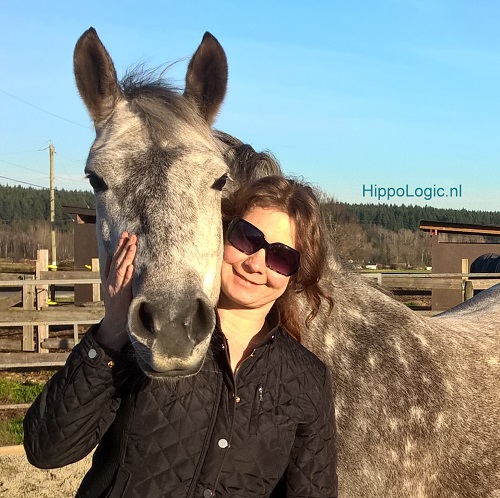

 Do you want a training journal that helps you improve your riding skills? Don’t use it as a diary, use it as the powerful training tool it can be. In a diary you write down what you’ve done and how you felt about it. My training diaries from 20 years ago are all similar and I read things like: ‘I rode, it was fun but the canter sucked. I did 3 tracks and every time my pony fell to trot all by himself.’ Maybe I added my opinion about my pony that day, but this is not constructive and didn’t help me improve and develop my skills.
Do you want a training journal that helps you improve your riding skills? Don’t use it as a diary, use it as the powerful training tool it can be. In a diary you write down what you’ve done and how you felt about it. My training diaries from 20 years ago are all similar and I read things like: ‘I rode, it was fun but the canter sucked. I did 3 tracks and every time my pony fell to trot all by himself.’ Maybe I added my opinion about my pony that day, but this is not constructive and didn’t help me improve and develop my skills.



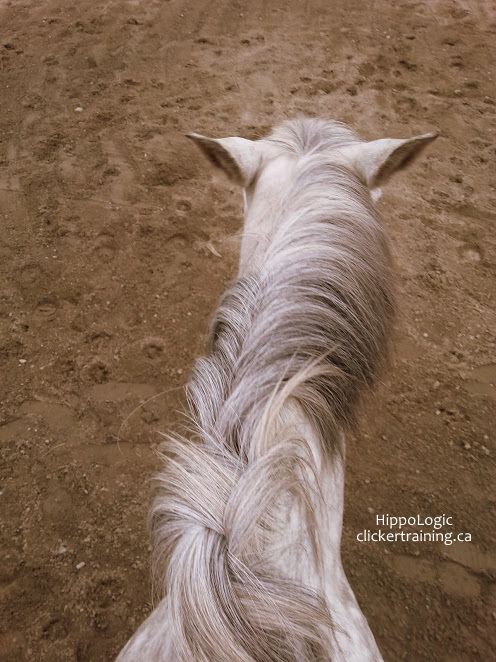

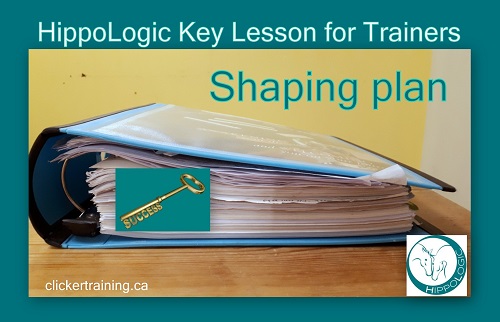



 competition dressage rider wasn’t compatible with my values. Animal welfare is very high on my list. In the 80’s and 90’s pulling the horse behind the vertical was very much rewarded by judges. Riding with a double bit and spurs didn’t fit either: Less is More, right? I wondered what I loved about the riding dressage competitions and if I could take that and honour my values? I loved: riding for an audience, inspire people what you can accomplish with good riding and training and how beautiful it is to see a rider and her horse in total harmony. It took a few sessions with my mentor to figure it out.
competition dressage rider wasn’t compatible with my values. Animal welfare is very high on my list. In the 80’s and 90’s pulling the horse behind the vertical was very much rewarded by judges. Riding with a double bit and spurs didn’t fit either: Less is More, right? I wondered what I loved about the riding dressage competitions and if I could take that and honour my values? I loved: riding for an audience, inspire people what you can accomplish with good riding and training and how beautiful it is to see a rider and her horse in total harmony. It took a few sessions with my mentor to figure it out. into smaller steps. What does your horse need in order to get to your goal?
into smaller steps. What does your horse need in order to get to your goal?


 I didn’t understand that I made it impossible for myself to be satisfied, proud and happy about my achievements when I was only criticizing myself… I didn’t understand that what I was focusing on (my faults, mistakes and failures) grew. I couldn’t see that I was pushing myself forward on a downward spiral which was not at all uplifting or supporting.
I didn’t understand that I made it impossible for myself to be satisfied, proud and happy about my achievements when I was only criticizing myself… I didn’t understand that what I was focusing on (my faults, mistakes and failures) grew. I couldn’t see that I was pushing myself forward on a downward spiral which was not at all uplifting or supporting.



 nd why. If you were hurt due to a fall, try to take a step back in riding until you find your confidence back in the saddle. Find an instructor who is specialized in anxious riders. If you don’t know where to find one, search for an instructor with a Centered Riding or Murdoch method background. They can help you get your self-confidence back.
nd why. If you were hurt due to a fall, try to take a step back in riding until you find your confidence back in the saddle. Find an instructor who is specialized in anxious riders. If you don’t know where to find one, search for an instructor with a Centered Riding or Murdoch method background. They can help you get your self-confidence back.

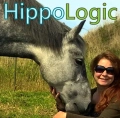



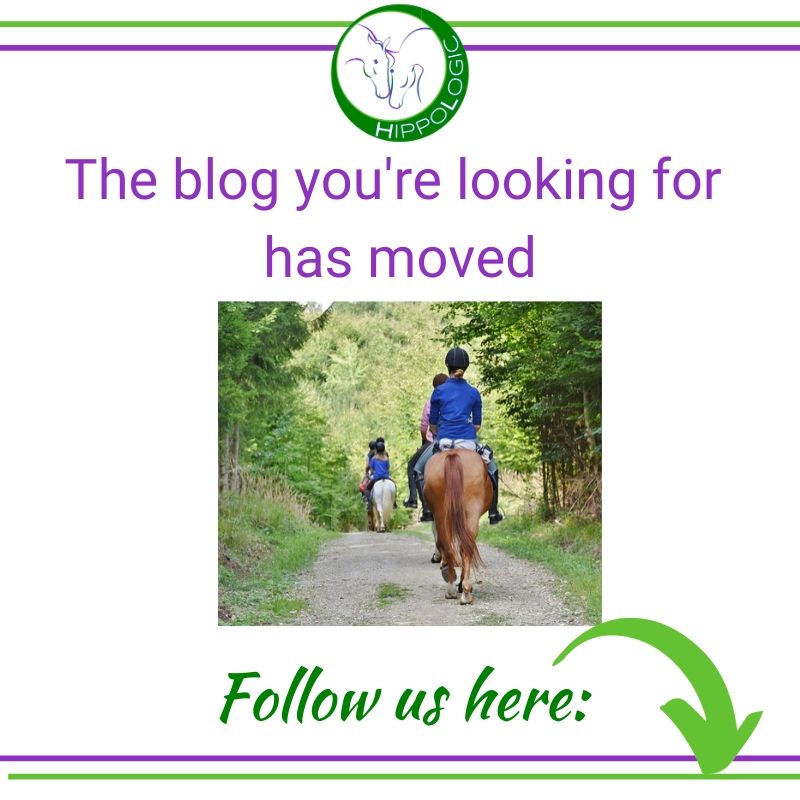
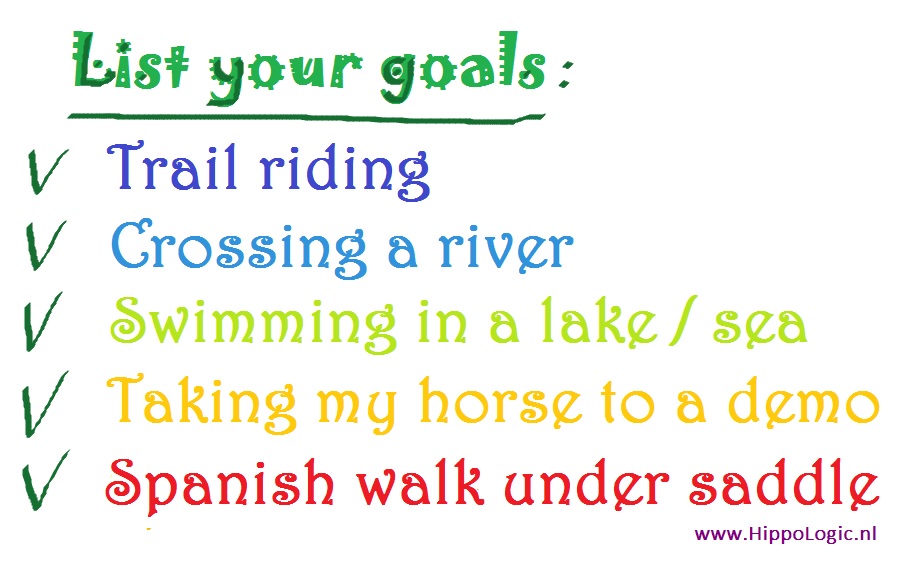




 our comfort zone is where you feel good. You can feel like an expert in your comfort zone. That’s a wonderful feeling.
our comfort zone is where you feel good. You can feel like an expert in your comfort zone. That’s a wonderful feeling.

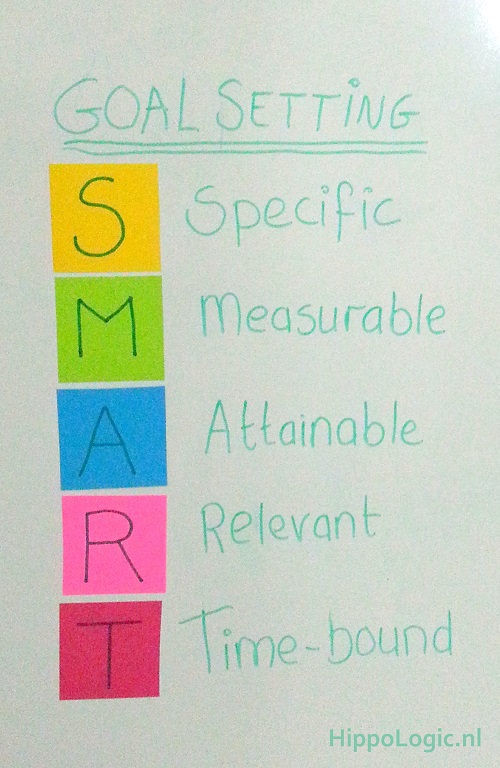




You must be logged in to post a comment.